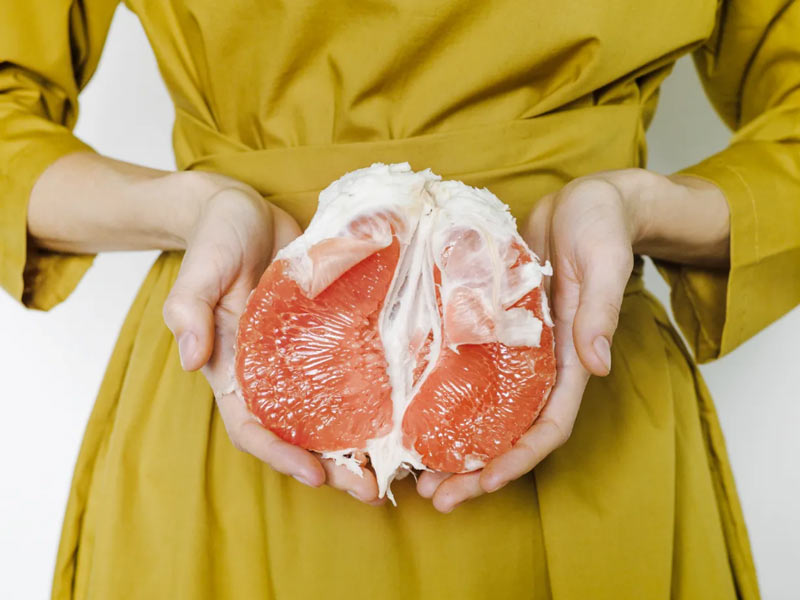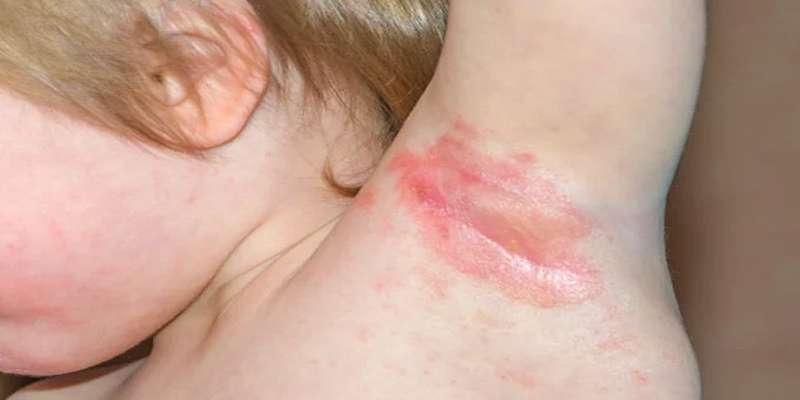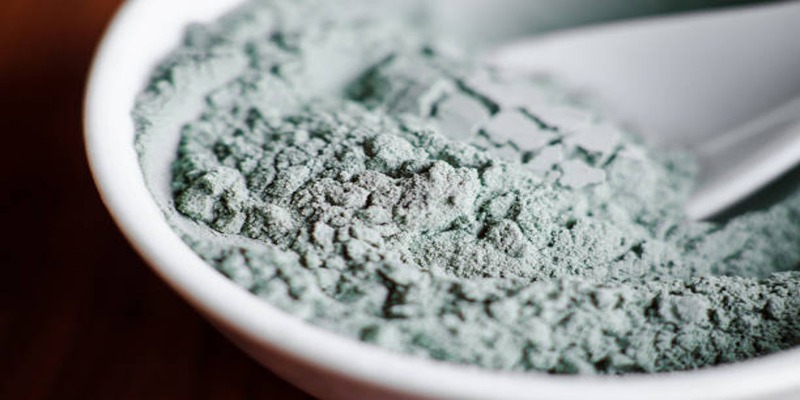Do you have sores that are causing discomfort in your body? If so, you may wonder if it could be related to a yeast infection. Sores associated with yeast infections can sometimes occur, depending on the person and the severity of their condition.
While there is no one-size-fits-all answer to this question, this blog post highlights signs of a potential yeast infection, what causes them, and how to prevent its occurrence. Read on to learn more about yeast infections and related sores!
What is a Yeast Infection, and What Causes It
A yeast infection is caused by a fungus called Candida, which normally lives in small amounts on the skin and other body parts. When an overgrowth of the fungus occurs due to increased moisture or weakened immunity, it can cause redness, itching, and discomfort in various body parts. A yeast infection can also cause sores on the affected area, though this is not always the case and varies depending on the individual.
The most common yeast infection symptom is intense itching or burning in one’s genital area. Other symptoms may include an abnormal discharge, pain during intercourse, redness or swelling in the vaginal region, and soreness when urinating.
Yeast infections are usually caused by an imbalance of bacteria in the body, often due to a lack of vaginal acidity or weakened immunity. Women who take antibiotics, wear tight clothing or synthetic fabrics, or use scented feminine hygiene products like douches can also risk developing a yeast infection. Additionally, poor nutrition, stress, and certain medical conditions can increase the risk of developing a yeast infection.
What Are the Symptoms of a Yeast Infection
The most common yeast infection symptom is intense itching or burning in one’s genital area. Other symptoms may include an abnormal discharge, pain during intercourse, redness or swelling in the vaginal region, and soreness when urinating. Sometimes, a person with a yeast infection may experience painful or swollen sores near the affected area.
A person may also experience a thick, white discharge with an unpleasant odor or frequent vaginal yeast infections. In extreme cases, a person with a severe yeast infection may have symptoms including fever, chills, fatigue, and joint pain. These are all signs that the fungus is spreading to other body areas.
If you experience these symptoms, contacting your doctor immediately is important. They can diagnose the condition and provide treatment options. Yeast infections are typically treated with antifungal medications taken orally or applied directly to the affected area.
Can You Get Sores from a Yeast Infection
Yes, it is possible to get sores from a yeast infection. This is because the overgrowth of fungus that causes the infection can cause redness, itching, and discomfort in certain body areas. In some cases, these symptoms may also include painful or swollen sores near the affected area.
When this occurs, the yeast infection is considered to be in a more advanced stage and may require prompt medical attention. It's important to note that sores are not always present with a yeast infection and can vary depending on the severity of the individual’s condition.
It is important to maintain a healthy and balanced diet, avoid tight clothing or synthetic fabrics, and practice good hygiene to prevent sores from occurring due to yeast infection. Additionally, it is important to visit your healthcare provider if you experience any yeast infection symptoms so they can provide proper treatment.
If left untreated, a yeast infection may spread beyond the genital area and cause sores in other body parts. This can lead to more serious complications, such as infection in the blood, which can be potentially life-threatening. Therefore, it is important to seek medical attention if you believe you have a yeast infection.
How to Prevent Getting Sores from a Yeast Infection
1. Maintain a healthy diet
Eating a balanced and nutritious diet can help keep the body functioning optimally and reduce the risk of getting sores from a yeast infection.
2. Avoid tight clothing or synthetic fabrics
Wearing loose-fitting clothing made from natural fibers, such as cotton, can reduce the risk of getting sores from a yeast infection.
3. Practice good hygiene
It is possible to stop the spread of bacteria or fungi that cause yeast infections by keeping the vaginal area dry and clean. Avoiding douches, fragrant, feminine care items, and form-fitting apparel are all part of this.
4. Visit your healthcare provider
If you experience any symptoms of a yeast infection, it is important to visit your healthcare provider so they can provide treatment and prevent sores from occurring.
Take prescribed medications
If your healthcare provider prescribes medications, take them as directed. This will help reduce the risk of sores from a yeast infection.
6. Use antifungal creams
Applying antifungal creams to the affected area as prescribed can help reduce symptoms and prevent sores from occurring.
Following these tips can reduce the risk of getting sores from a yeast infection and keep you healthy. Contact your healthcare provider if you have any further questions or concerns about this topic. They can provide additional information and advice on preventing and treating a yeast infection.
FAQs
Q: What are the signs of a potential yeast infection?
A: Some common signs and symptoms of a potential yeast infection include itching, burning, redness, and soreness in the affected area. Additionally, you may experience thick white discharge with a cottage cheese-like consistency and pain when you urinate or during sexual intercourse. If you notice any of these signs and symptoms, seeing a physician as soon as possible is important.
Q: What causes yeast infections?
A: Yeast infections can be caused by an overgrowth of the fungus Candida albicans in the body. This excess growth is usually due to imbalances in your body, such as changes in hormone levels, a weakened immune system, or poor dietary habits. Additionally, certain medications and antibiotics can also lead to yeast infection.
Q: How can I prevent the occurrence of a yeast infection?
A: To reduce your risk of developing a yeast infection, it is important to maintain good personal hygiene and avoid tight clothing that does not allow air to circulate. Additionally, it is important to maintain a healthy diet that incorporates probiotics and prebiotics, get adequate rest, and follow a regular exercise routine. Additionally, you should always practice safe sex by using condoms and limiting the use of antibiotics unless necessary.
Conclusion
Understanding the signs and symptoms, causes, and prevention of a yeast infection can help you identify it early and reduce your risk of getting sores from a yeast infection. Contact your healthcare provider for additional advice if you have any further questions or concerns about this topic. You can keep yourself healthy and free from sores associated with yeast infections with proper care and attention.





